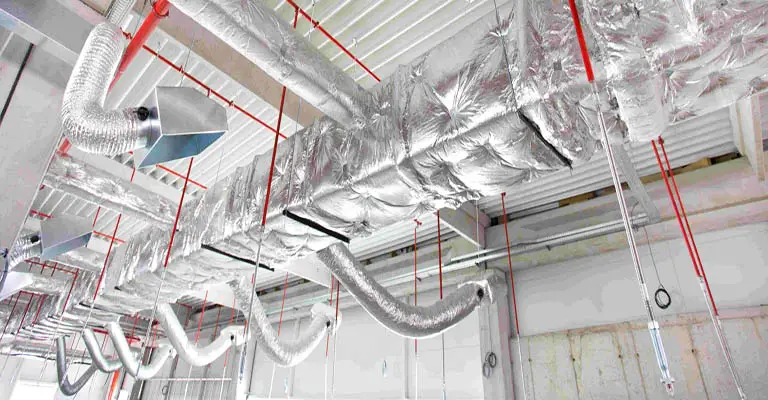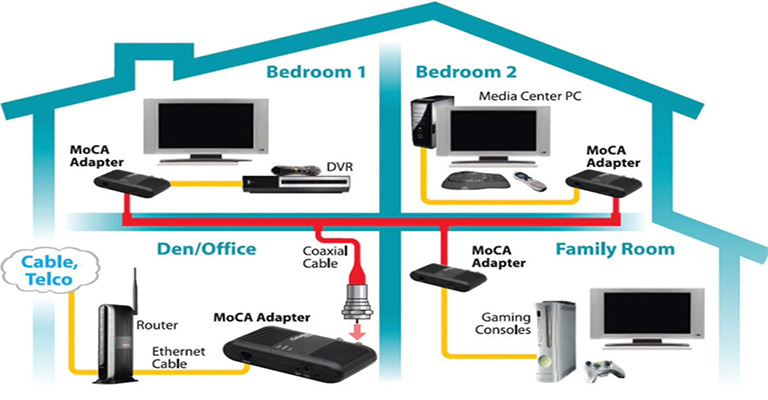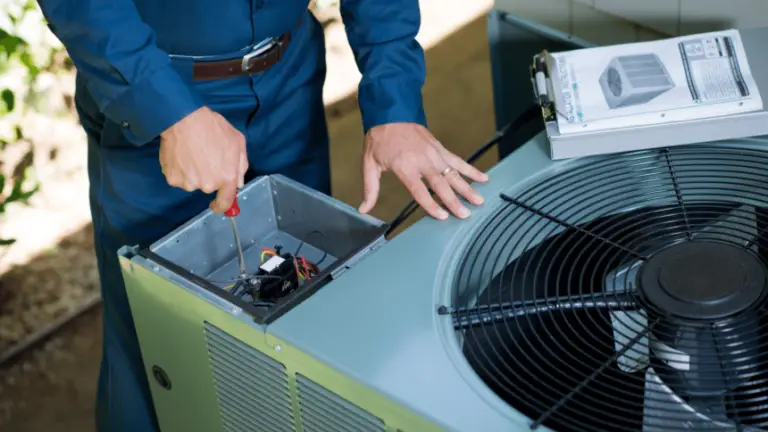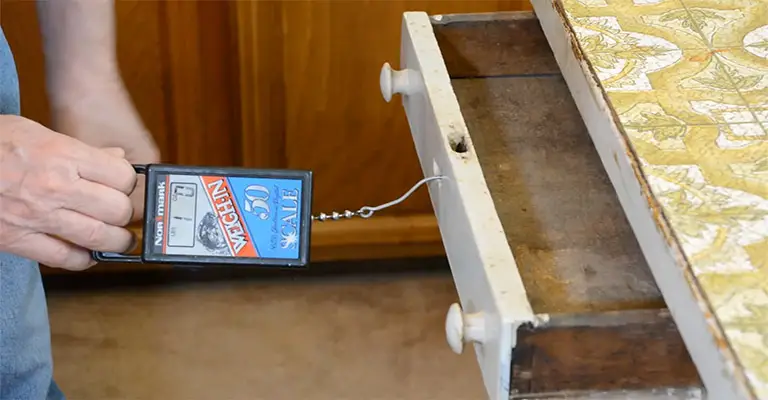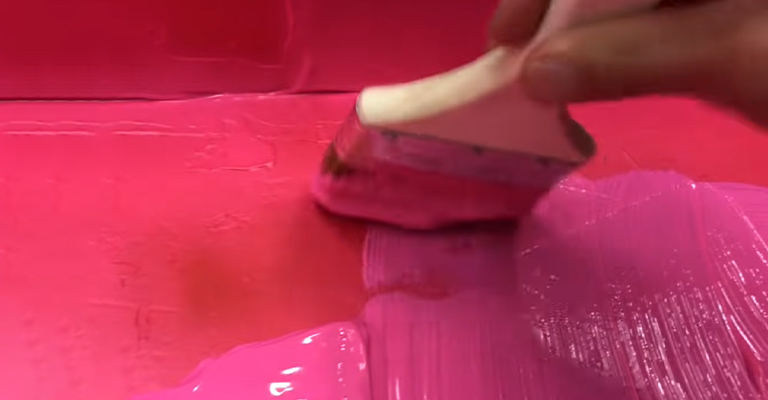Why Flex Duct Is Bad?
High resistance to airflow, easily compressible, less durable, prone to poor installation, and many more reasons can be named that make flex ducts a bad duct system.
Why Flex Duct Is Bad
Flexible ductwork can cause problems with airflow and resistance to heat and cold. Flexible ductwork is also more susceptible to poor installation. Flexible ductwork is less durable than sheet metal. Flexible ductwork can cause noise and vibration. It is important to choose a flexible ductwork installation that will meet your needs and expectations.
If you find the reason out, the problem always had to be the bad installation of flex ducts. It may make you wonder what is wrong with these flex ducts. In this article, we’ll tell you all that is wrong with flex ducts.
Flex duct has been in the HVAC business for so many years, still, it is hated by most people. Why? Because-
Low air circulation due to high air resistance
Flex ducts are made of materials that create friction, and friction resists normal airflow. The inside of the flex duct is the plastic spiral wire which builds up friction. Moreover, the rough interior surfaces of flex ducts are susceptible to friction. As a result, it often happens that the normal airflow is restricted.
Compression of flex duct
Flex ducts easily crumple causing air to face resistance. The flex ducts are very much prone to compression. Compression crumples the inner liner thus reducing the cross-sectional area of flex ducts.
The reduced cross-sectional area also increases surface roughness resulting in low airflow. Also, flex ducts often get kinky or saggy because of their less durability.
Loss of duct insulation
It’s a very common issue that flex ducts lose their exterior plastic cover causing the loss of insulation. So the ducts hold temperature when heated by the sun. As a result, we often see that air coolers don’t give us the proper cold air that we are supposed to get.
Loss of energy
Have you ever thought about why your utility bills suddenly increased so much even if you have not got any new electrical device installed? Well, most of the time it happens because of bad ductwork.
Leaks in flex ducts, or bad installation may cause air conditioners, fridges, or electrical fans to absorb more power resulting in huge amounts of energy loss. As a result, the energy bill increases abnormally.
Bad installation of flex ducts
The main reason flex ducts turn out to be such a horrible duct system is because almost none of the contractors can get the installation right. As we said above, flex ducts are very much compression prone, so it’s not really simple to install the ducts correctly without getting the inner liner crumpled or sagged.
Moreover, a poorly sealed joint makes the ducts crumpled. Also, most of the time flex ducts run long and are not supported well enough.
Moreover, you may have heard people saying that installing flex ducts is much easier than installing metal ones. It’s because incorrect installation of flex ducts is actually pretty easy. 99% of the time flex ducts are installed badly resulting in flex ductwork performing horribly.
Should flex duct be banned?
A lot of professionals claim that it’s not the ducts that have a problem, but the people who install it actually suck at their job. They claim if the ducts can be installed properly, they will show a good result. They also suggest not to use flex ducts in case of long-run ductwork.
If flex ducts are tightly stretched and well supported, the ducts will perform well. However, some people also question why flex ducts are still used when no one can install it properly, causing the ductwork system to suffer.
Why do people still use flex ducts if it’s that bad?
Why do you think flex duct is the most used ductwork even though it has such a bad reputation? It’s because flex ducts are cheap. You only need half of the money for flex duct installation that you will spend for metal ducts. That’s why most people go for flex ducts.
Besides, contractors also choose flex ducts since they find the installation of flex ducts hassle-free.
Alternatives for flex ducts
Even if it’s costly, the best alternative for flex ducts is using ducts of rigid metal sheets. It maintains high indoor air quality and also regulates indoor temperature regardless of the atmospheric condition.
Metal ductworks require proper design, measurement, and consideration of the heating and cooling capacity of the house. Therefore, the installation turns out permanent and effective.
FAQ
Should I replace the flex ducts installed in my house?
You need not replace it if the flex ducts are not causing any problems. But if there are occurring problems such as sudden energy bill rise, reduced airflow, or air cooler not cooling properly, you may consider replacing the ductwork.
What is the most efficient ductwork?
The flex ducts are really cheap and the installation fee is also relatively low, whereas rigid ducts are costly. Therefore, a lot of people choose flex ducts over rigid ducts. On the other hand, the metal ductwork gives excellent service even if its installation cost is twice as much as flex ducts.
Moreover, the electricity bills also remain decent. Therefore, metal ductwork seems more efficient.
Evaluating Airflow Efficiency
In the realm of air conditioning and cooling systems, the debate between the use of flexible ducts and rigid ductwork continues to be a topic of discussion among HVAC professionals. While flexible ducts offer a convenient solution for routing heated or cooled air in challenging spaces, they can sometimes lead to reduced air flow compared to traditional rigid ductwork. This reduction in airflow can compromise the efficiency of air conditioning systems, as the corrugated design of flexible ducts presents more resistance to air movement.
Despite their versatility, flexible duct systems must be carefully installed and maintained to prevent issues such as sagging or bending, which can further restrict airflow. In contrast, rigid ductwork, including duct board, provides a smoother path for air to travel, ensuring more consistent and efficient distribution of air throughout a building. This highlights the importance of considering the specific needs and layout of a space when choosing between flexible ducts and more traditional duct systems.

